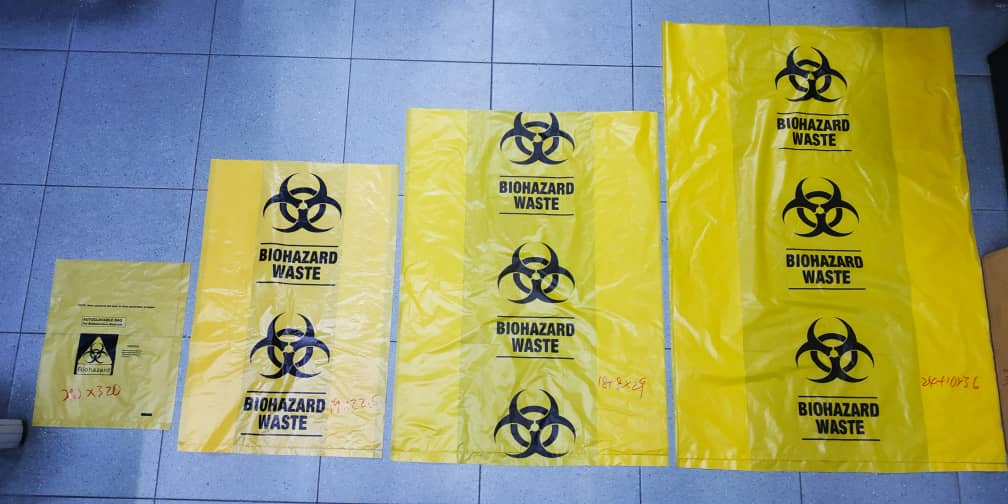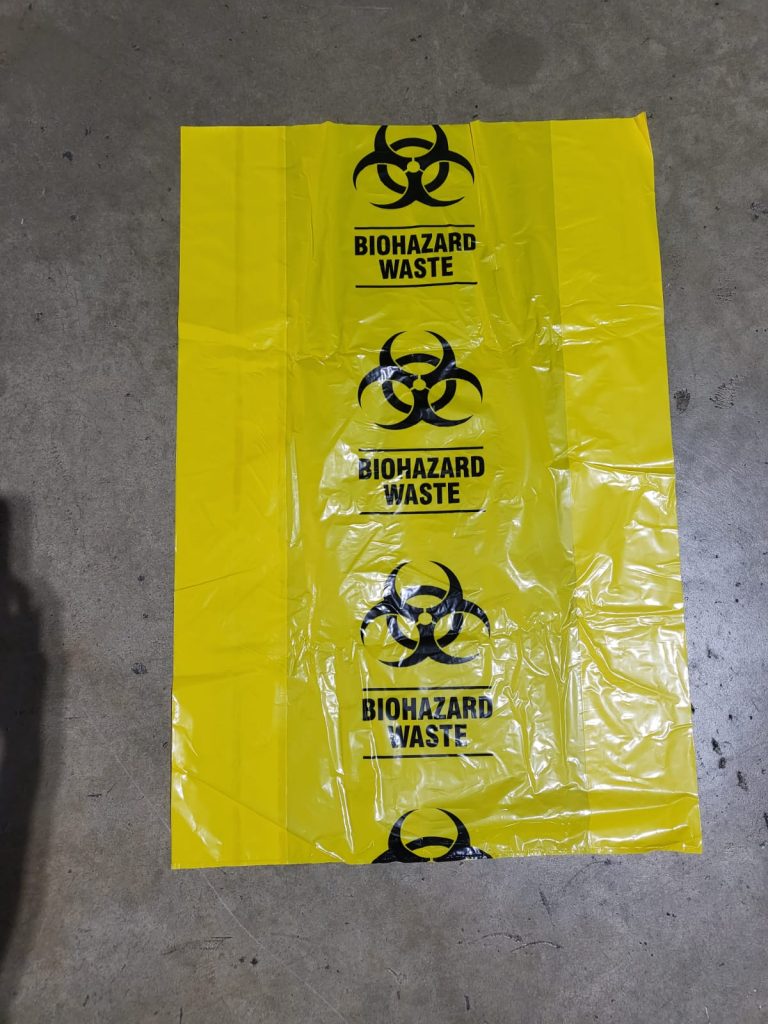HDPE (High-Density Polyethylene) and LDPE (Low-Density Polyethylene) are both types of polyethylene used in biohazard bags, but they have some key differences:
HDPE Biohazard Bags:
- Density and Strength: HDPE is more dense and has a higher tensile strength, making it more rigid and durable.
- Chemical Resistance: It has better resistance to chemicals and solvents, making it suitable for handling hazardous materials.
- Temperature Resistance: HDPE can withstand higher temperatures compared to LDPE.
- Applications: Due to its durability, HDPE is often used for heavy-duty applications, such as medical waste containers and lab bottles.
LDPE Biohazard Bags:
- Flexibility: LDPE is less dense and more flexible, which makes it easier to handle and manipulate.
- Cost: LDPE is generally less expensive than HDPE.
- Applications: LDPE is commonly used for applications that require flexibility and ease of opening
Both types of bags are used in medical and cleanroom environments, but the choice between HDPE and LDPE depends on the specific requirements of the application.


Yellow Biohazard Bag ; 0.035 mm x 19” x 22.5” (Small size)
HDPE Material
Yellow Biohazard Bag 0.035 x 18” + 8” x 29” (Medium size)
HDPE Material
Yellow Biohazard Bag 0.035 x 24” + 10” x 36” (Large size)
HDPE Material
Yellow Biohazard Bag (24″+10″)x36″x.0.040mm(Large size) (50PCS X 10 PKT/Bag)
LDPE Material


HDPE Biohazard Bag – Yellow 8.5″x12.5″x0.035mm (100pcs x 10pkts/Bag)
Autoclavable Bag for Biohazardous Material
Yellow Biohazard Plastic Bag
Gusset Type
0.035mm x (13+5)” x 25″
Yellow Biohazard Bag 18″+8″x38″x.0.05 Autoclavable 130° (50pcs x 10Pkts/ Bag)